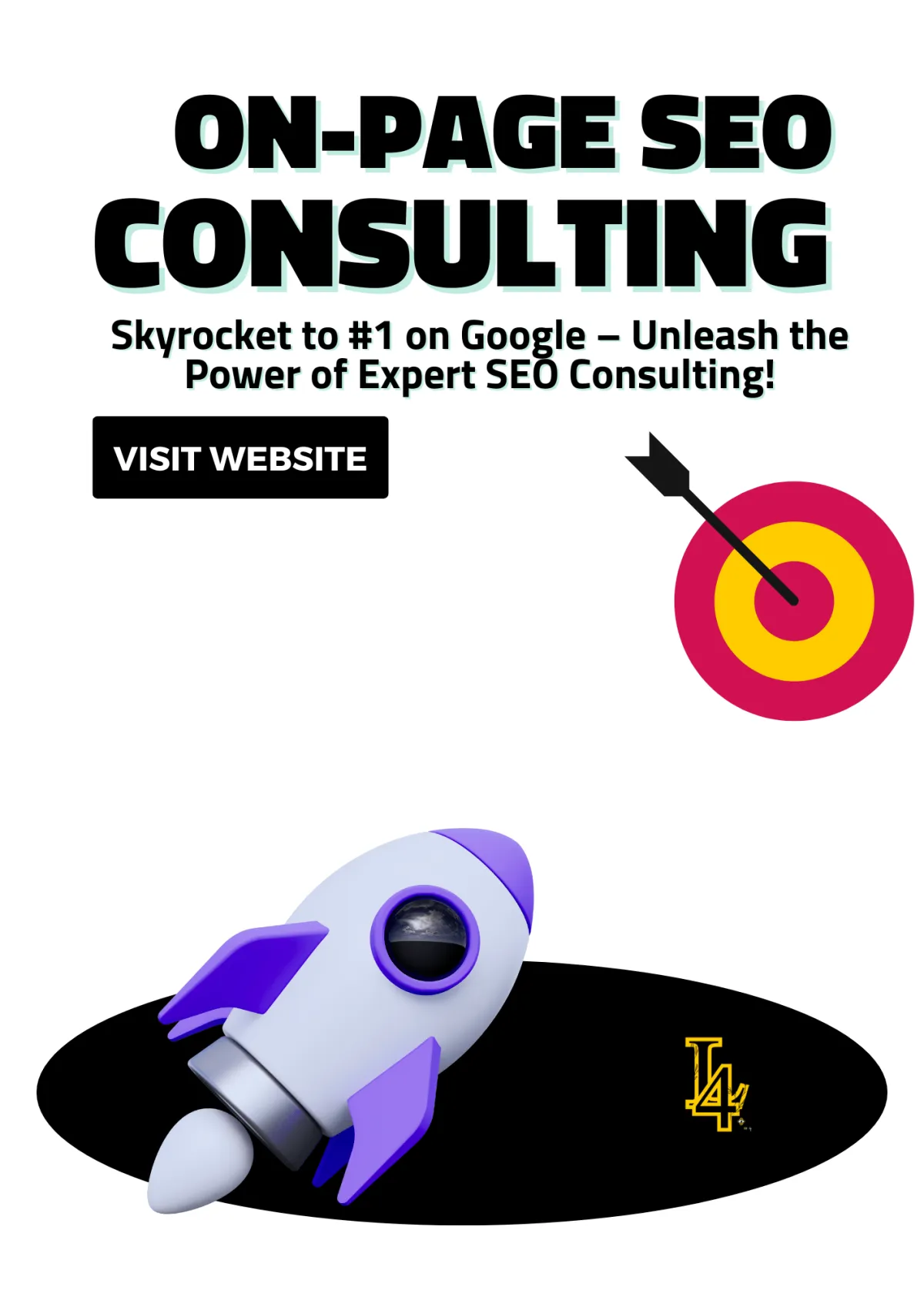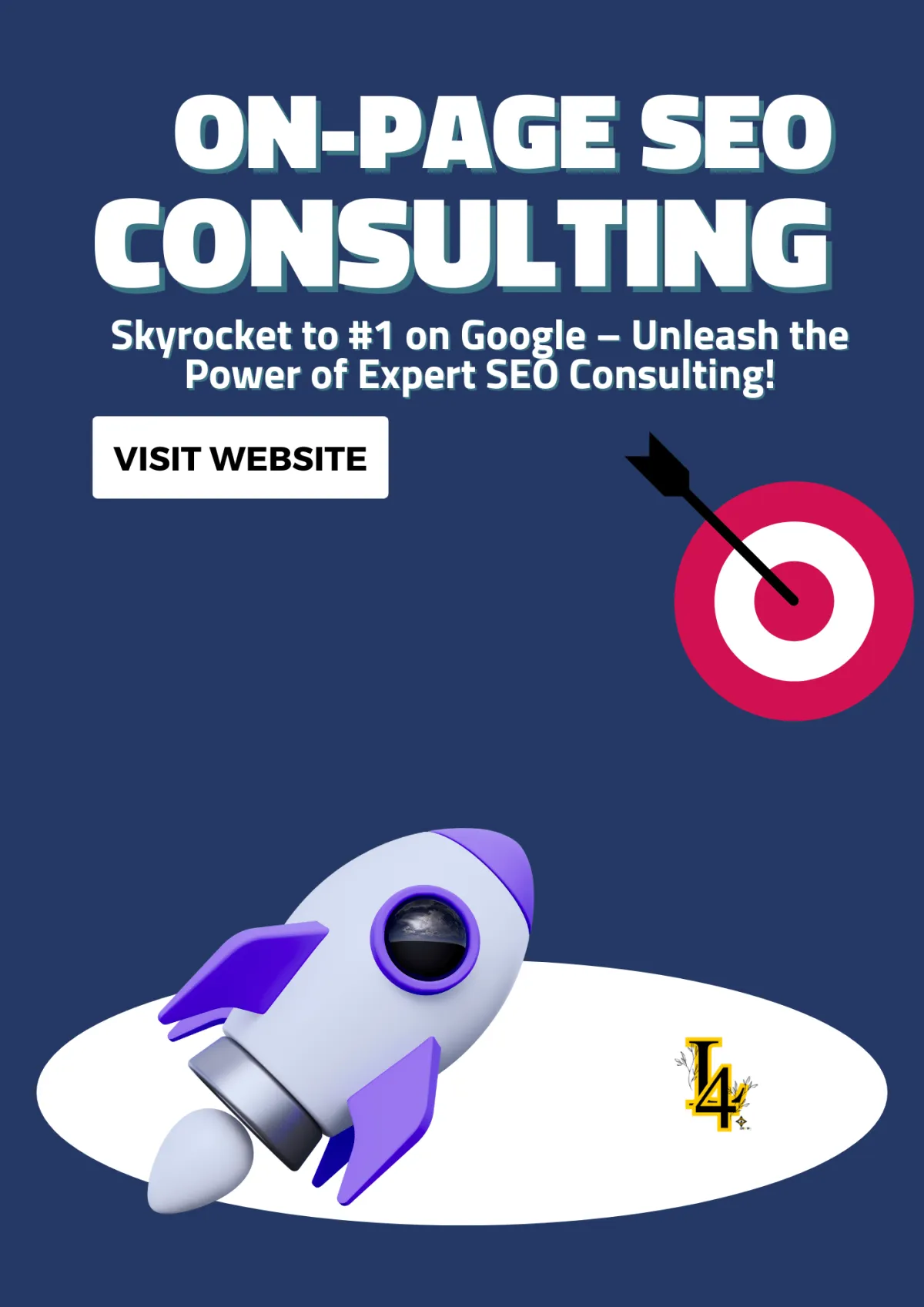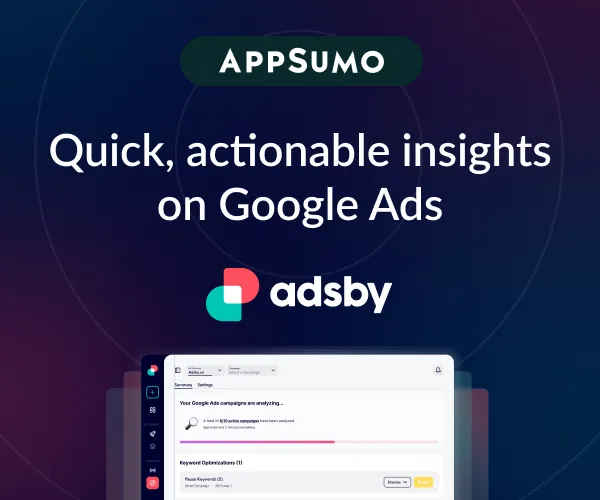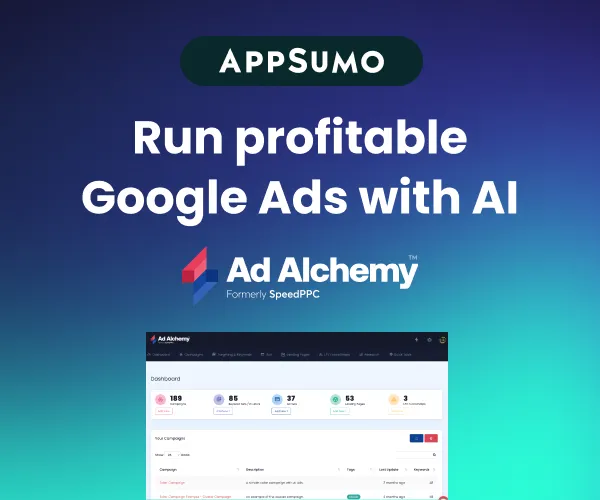
Strategies to Get More Personal Training Clients and Build Your Business
Struggling to fill your schedule with personal training clients? Discover the proven strategies that top trainers use to attract and retain a thriving client base.
Best Content Formats to Engage Potential Clients
1. Leverage Social Media Marketing
2. Offer Free Sessions or Trials
3. Create a Professional Website
5. Network Within Your Community
6. Offer Group Training Sessions
9. Invest in Online Training Options
10. Encourage Client Referrals
How to Choose the Best Strategy for Your Business
Attracting Clients Through Value-Driven Content
Why Content Marketing Works for Personal Trainers
Step 1: Identify Your Target Audience
Step 2: Choose Your Content Formats
Step 3: Develop a Content Strategy
Step 4: Optimize for Search Engines (SEO)
Step 5: Engage With Your Audience
Examples of Content Ideas for Personal Trainers
Combining Content Marketing With Other Strategies
Final Thoughts: Grow Your Personal Training Business Through Content Marketing
Best Content Formats to Engage Potential Clients
Ready to be as strong in business as you are in the gym? Attracting more personal training clients is not just about being a great trainer—it’s about mastering the art of marketing. In this guide, we’ll break down the top strategies, including content marketing, social media tips, and more, to help you grow your client base and build a thriving business.
1. Leverage Social Media Marketing
Social media platforms like Instagram, Facebook, and TikTok are powerful tools for personal trainers. By showcasing your expertise and engaging with your audience, you can attract new clients and keep current ones inspired.
Key Features:
Content Creation: Share workout tips, success stories, and behind-the-scenes content.
Targeted Ads: Use paid ads to reach potential clients in your area.
Engagement: Interact with followers through comments, live sessions, and direct messages.
Why Use It:
Social media marketing helps build trust and visibility, positioning you as an approachable and knowledgeable fitness expert.
2. Offer Free Sessions or Trials
Providing a free introductory session can be a great way to attract potential clients. It gives them a chance to experience your training style and see the value you bring.
Key Features:
Risk-Free Experience: Lower barriers for new clients.
Showcase Expertise: Highlight your personalized approach.
Build Trust: Create a strong first impression that encourages sign-ups.
Why Use It:
Free trials help potential clients feel confident in choosing your services, increasing conversion rates.

. Create a Professional Website
A well-designed website is your digital storefront. It provides potential clients with all the information they need to make a decision, from your credentials to your services.
Key Features:
Service Pages: Detail your offerings, such as one-on-one training, group classes, or online sessions.
Testimonials: Showcase client success stories and reviews.
Contact Options: Include easy ways for visitors to reach out, like contact forms or scheduling tools.
Why Use It:
A professional website boosts your credibility and makes it easy for clients to connect with you.
4. Utilize Local SEO
Optimize your online presence to attract clients in your area. Local search engine optimization ensures you appear in search results when potential clients look for personal trainers nearby.
Key Features:
Google My Business Profile: Keep it updated with accurate contact info, photos, and reviews.
Localized Keywords: Use terms like “personal trainer near me” in your website content.
Online Directories: List your business on platforms like Yelp and local fitness directories.
Why Use It:
Local SEO helps you stand out in your community and drive more in-person traffic.
5. Network Within Your Community
Building relationships with local businesses and organizations can open up new opportunities. Partnerships with gyms, health clubs, and wellness centers are particularly valuable.
Key Features:
Collaborations: Offer training services at local gyms or partner with yoga studios.
Workshops: Host free fitness workshops or talks at community centers.
Referrals: Build a referral network with other fitness professionals.
Why Use It:
Networking helps you expand your reach and establish yourself as a trusted name in your area.
6. Offer Group Training Sessions
Group sessions allow you to train multiple clients simultaneously, increasing your earning potential while fostering a sense of community among clients.
Key Features:
Affordable Pricing: Attract clients who may not afford one-on-one sessions.
Social Interaction: Clients are motivated by the group dynamic.
Scalability: Serve more clients without significantly increasing your workload.
Why Use It:
Group training sessions appeal to clients looking for camaraderie and cost-effective fitness solutions.
7. Use Email Marketing
Email marketing is a powerful way to nurture leads and keep current clients engaged. Regular communication helps you stay top-of-mind for potential clients.
Key Features:
Newsletters: Share fitness tips, updates, and client success stories.
Exclusive Offers: Provide special discounts or promotions for subscribers.
Personalized Emails: Send tailored recommendations based on client goals.
Why Use It:
Email marketing builds long-term relationships and converts leads into loyal clients.
8. Specialize in a Niche
Standing out in a competitive market is easier when you focus on a specific niche, such as weight loss, postnatal fitness, or sports performance training.
Key Features:
Targeted Messaging: Appeal to a specific audience with tailored content.
Authority Building: Establish yourself as an expert in your niche.
Higher Rates: Specialization often allows for premium pricing.
Why Use It:
Clients are more likely to choose a trainer who specializes in their unique fitness goals.

9. Invest in Online Training Options
With the rise of remote work and virtual fitness, offering online training can significantly expand your reach.
Key Features:
Virtual Sessions: Conduct one-on-one or group sessions via Zoom or other platforms.
On-Demand Content: Provide video workouts clients can access anytime.
Global Reach: Attract clients beyond your local area.
Why Use It:
Online training offers flexibility and convenience, catering to a broader audience.
10. Encourage Client Referrals
Satisfied clients are your best advocates. Offering incentives for referrals can encourage them to spread the word about your services.
Key Features:
Referral Discounts: Provide discounts to clients who refer new customers.
Exclusive Rewards: Offer free sessions or merchandise as a thank-you.
Word-of-mouth marketing: Leverage the trust your current clients have built with their network.
Why Use It:
Referrals are a cost-effective way to grow your client base with minimal effort.

How to Choose the Best Strategy for Your Business
The right approach depends on your goals and resources. For example:
If You’re Just Starting: Focus on free trials, networking, and building a strong online presence.
If You Want to Scale: Invest in group training, online options, and email marketing.
If You’re Targeting a Specific Audience: Specialize in a niche and optimize your messaging for that group.
Practical Tips for Success
Stay Consistent: Marketing and client-building require ongoing effort, so don’t give up after initial attempts.
Track Metrics: Measure the success of your strategies (e.g., website traffic, email engagement, or social media growth).
Engage Regularly: Whether it’s through emails, social posts, or in-person interactions, stay connected with your audience.
Attracting Clients Through Value-Driven Content
In the highly competitive field of personal training, showcasing your expertise and connecting with potential clients on a deeper level can set you apart. Content marketing is a proven strategy to demonstrate your knowledge, build trust, and attract new clients. By creating and sharing valuable content tailored to your audience's needs, you position yourself as a go-to authority in the fitness industry.
This section explores how personal trainers can use blogs, videos, and other forms of content marketing to attract clients and grow their businesses.
Why Content Marketing Works for Personal Trainers
Content marketing is about providing helpful, relevant information that solves your audience’s problems or answers their questions. For personal trainers, this means sharing fitness tips, debunking myths, and offering advice that resonates with potential clients.
Benefits of Content Marketing:
Builds Authority: Regularly sharing expert insights establishes you as a knowledgeable and trustworthy trainer.
Increases Visibility: Optimized content can rank on search engines, attracting organic traffic to your website.
Engages Your Audience: Engaging content keeps your followers interested and encourages them to share your work.
Drives Leads: Informative content can guide potential clients through their decision-making process and toward booking your services.
Step 1: Identify Your Target Audience
Before creating content, it's essential to understand who you're trying to reach. Your audience will determine the topics, tone, and format of your content.
Key Questions to Define Your Audience:
What are their fitness goals (e.g., weight loss, muscle building, endurance training)?
What challenges or pain points do they face (e.g., lack of time, misinformation, or fear of gyms)?
What platforms do they use to consume content (e.g., Instagram, YouTube, blogs)?
Example: If your target audience is busy professionals, your content might focus on quick workouts, stress management, and meal prep tips.
Step 2: Choose Your Content Formats
Personal trainers have multiple formats to choose from when it comes to content marketing. Selecting the right format depends on your strengths and where your audience spends their time.
Popular Formats for Personal Trainers:
Blogs: Ideal for in-depth information, such as "The Ultimate Guide to Strength Training" or "Top 10 Mistakes Beginners Make at the Gym."
Videos: Great for demonstrating exercises, hosting Q&A sessions, or sharing client success stories.
Infographics: Visual summaries of topics like "5 Best Foods for Muscle Recovery" or "How to Structure a Weekly Workout Plan."
Podcasts: Excellent for reaching an audience that prefers audio content. Discuss fitness trends, interview experts, or share motivational stories.
Social Media Posts: Quick, bite-sized tips or engaging reels that showcase your personality and training style.
Pro Tip: Repurpose content across platforms. For example, turn a blog post into a short video or infographic to maximize its reach.
Step 3: Develop a Content Strategy
A well-thought-out strategy ensures your content is consistent, valuable, and aligned with your business goals.
Steps to Create Your Strategy:
Set Goals: Decide what you want to achieve with your content. Examples include increasing website traffic, generating leads, or boosting social media engagement.
Plan a Schedule: Consistency is key. Create a content calendar to ensure regular posting.
Focus on Evergreen Content: Topics like "How to Improve Your Posture" or "Beginner's Guide to Cardio" remain relevant over time.
Incorporate Timely Content: Balance evergreen pieces with seasonal or trending topics, such as "Best Winter Workouts" or "How to Stay Fit During the Holidays."
Example Calendar:
Monday: Instagram Reel of a quick HIIT workout.
Wednesday: Blog post about proper hydration during workouts.
Friday: Client success story shared on Facebook with a call-to-action to book a free consultation.
Step 4: Optimize for Search Engines (SEO)
Search engine optimization (SEO) ensures your content reaches people actively searching for fitness solutions online. A few basic SEO strategies can significantly improve your visibility.
SEO Tips for Personal Trainers:
Keyword Research: Use tools like Google Keyword Planner or Ubersuggest to find terms your audience is searching for, such as "weight loss workouts" or "home gym exercises."
Include Keywords Strategically: Incorporate them into titles, headings, and throughout your content naturally.
Write Compelling Meta Descriptions: Summarize your content in a way that entices users to click.
Optimize Images: Use alt text to describe images and reduce file sizes for faster loading times.
Internal Linking: Link to other content on your website to keep visitors engaged.
Example: A blog titled "5 Best Core Exercises for Beginners" could target keywords like "core exercises" and "beginner workouts," boosting its chances of appearing in search results.

Step 5: Engage With Your Audience
Publishing content is only half the battle. Actively engaging with your audience helps build relationships and fosters trust.
How to Engage:
Respond to Comments: Answer questions or thank followers for their feedback on social media or blog posts.
Host Live Sessions: Use Instagram Live or Facebook Live to answer fitness questions in real time.
Encourage Interaction: Add polls, quizzes, or challenges to your content to make it more interactive.
Ask for Feedback: Let your audience suggest topics they'd like you to cover.
Pro Tip: Personalize your responses. Calling someone by their name or referencing their comment shows genuine care.
Step 6: Measure Your Success
Tracking the performance of your content helps you understand what resonates with your audience and refine your strategy.
Metrics to Monitor:
Website Traffic: Use Google Analytics to see how many visitors your blog is attracting.
Engagement Rates: Monitor likes, shares, and comments on social media posts.
Conversion Rates: Track how many people take action, such as booking a consultation or signing up for your email list.
Audience Growth: Keep an eye on follower counts, email subscribers, or video views over time.
Example: If your blog on "Quick Workouts for Busy Moms" receives significant traffic and comments, consider creating a video series or e-book on the same topic.
Examples of Content Ideas for Personal Trainers
To inspire your content creation, here are some ideas tailored to fitness audiences:
"5-Minute Workouts for Busy Professionals" – A short video series demonstrating quick routines.
"The Truth About Spot Reduction: Debunking Common Myths" – A blog that educates clients on realistic fitness goals.
"How to Stay Motivated During Winter" – A motivational podcast or Instagram post.
"The Benefits of Stretching: When and How to Do It" – An infographic explaining pre- and post-workout stretches.
"Real Results: Client Transformation Stories" – A before-and-after video series showcasing client progress.
Combining Content Marketing With Other Strategies
While content marketing is a powerful tool on its own, it works even better when combined with other strategies, such as:
Social Media Ads: Boost your content to reach a wider audience.
Email Campaigns: Share your blog posts and videos with your email list to keep them engaged.
Referrals: Use your content to remind existing clients to refer their friends.e

Final Thoughts: Grow Your Personal Training Business Through Content Marketing
Content marketing is not just about creating material; it's about delivering value, engaging with your audience, and positioning yourself as a trusted fitness professional. By sharing your expertise through blogs, videos, and other formats, you can attract clients who are genuinely interested in what you have to offer.
Start small by creating one piece of content at a time, refine your approach based on audience feedback, and watch as your personal training business grows through the power of content marketing.






















